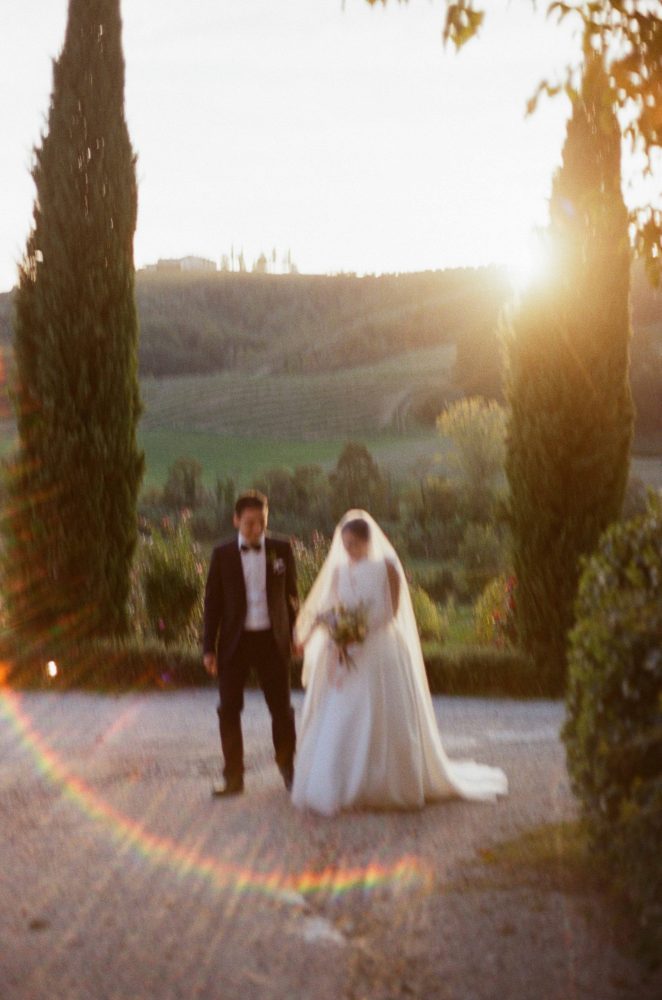There’s an unfathomable, indescribable quality to film that is unique in the way it makes you feel, the emotions it evokes and the the memories it can ignite. The relationship film has with the viewer affects how powerfully you’re touched by the images you’re seeing. In the art world, we call this aesthetic.
Like a viewer looking at a Jackson Pollock, each piece is subjective to the person viewing the grain, the colours, the framing or the content itself. Every moment we live defines what we see in a piece of art.
My relationship with film started during my Fine Art Bachelors degree when I became fascinated with light. Specifically how the human eye measures light, the mediums we use to capture it and how these mediums differ when exposed by it.
Did you ever consider the fact that we don’t see lens flares yet cameras do? A quality (as I like to define it, or a flaw described by others) that usually means there is a fault within the lens. This could be attributed to fungus, dust, water or fingerprints.
We can all take amazing shots on our cameras now, our smartphones or our amateur point and shoots. However, to be able to show the physical attributes of the device, the tangibility of the negative, the rawness, the technically incorrect aspects of the camera obscura, that is pure magic.
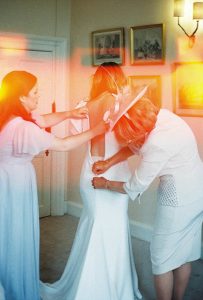

A turning point in my studies that led me to this type of photography was when an external examiner described my work as being “too technically correct”. I was furious that my work was being criticised as being too right, too perfect. So having realised that I’d mastered this, I went back to basics. I studied pin hole, developed film myself in the dark room, and manipulated photography in every way possible.
When clients ask why I use film I tell them that I believe the most fascinating quality of film is the process itself. Sunlight (or wavelength photons) hit the crystals on the film paper causing a chemical reaction. This process transforms a piece of paper into a moment in time. The camera opens its eye for a split second (the length of this part-second is dependent on the discretion of the photographer) and whatever the camera sees through the viewfinder is what will be exposed, burning light and shadows into the paper.
A scientific, corporeal, tangible image burned forever into a negative.

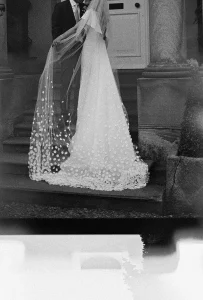
Mistakes can of course be made. Photographs can be corrupted, underexposed or overexposed, which is not something that can be fixed in post production. These ‘mistakes’ are the essence of film, and what differentiates it from picture-perfect digital. These are the images I prize. I glorify them, champion them and raise them up on a pedestal. These are the images that make the final cut, they are prime content to fill up Instagram’s little squares, and they are ultimately why clients book me.
These kind of images go against the grain (excuse the pun), and everything we have been taught as a society. ‘How to take the perfect picture’, ‘the rule of thirds‘, ’the correct exposure’, ‘a clean lens’, ‘straight lines’…to name but a few. As Susan Sontag said, “In deciding how a picture should look, in preferring one exposure to another, photographers are always imposing standards on their subjects”.
As a self taught photographer with a passion for film it’s hugely important to me and my clients that they receive a gallery of images that represent the day as it truly was, in the most authentic of documentation; photo realism.
Memories that last a life time….in print.
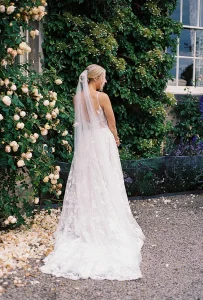

If you would to receive a film photography brochure for your wedding, click here.


